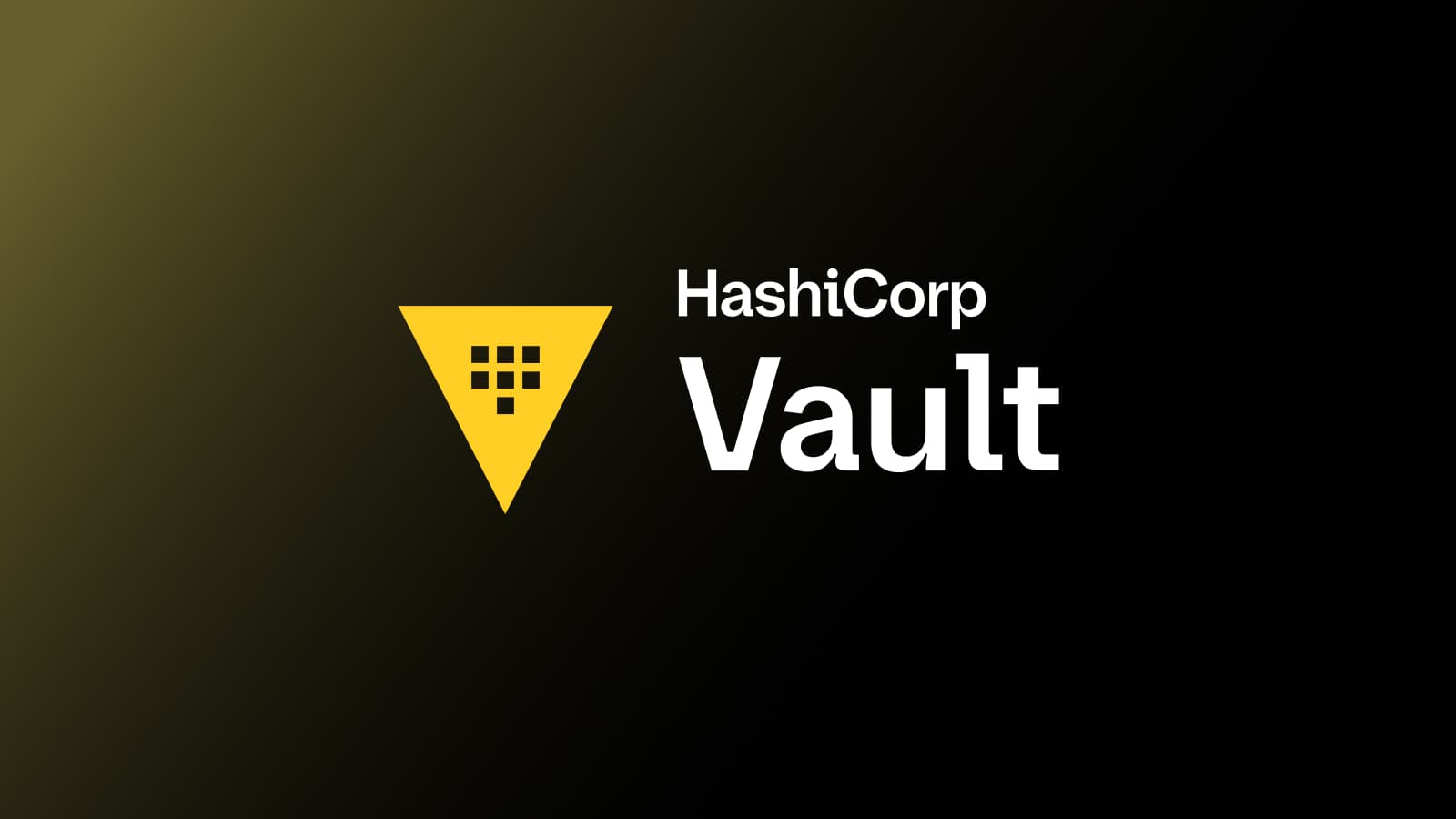Releasing HashiCorp Vault Helm Chart 0.2.0
The Vault team is happy to announce the release of an updated version of the Helm Chart for Vault. The Vault Helm Chart greatly reduces the complexity of running Vault on Kubernetes, and allows for Vault clusters to be up and running in just minutes. If you would like to learn more please see our initial release announcement.
»What's New
Here are a few highlights from the Vault Helm Chart 0.2.0 release. These mostly consist of several requested features, many feature improvements, and bug fixes.
- Added Load Balancer & Ingress support
- Removed root requirements, now runs as Vault user
- Improvements (configurable ports, Read Only Root FS, annotations, etc)
Please see the changelog for a complete listing. We also wanted to thank the community for the great feedback, as it helps drive improvements to the Helm Chart, and also highlight areas for improvement.
»Next Steps
The updated 0.2.0 Helm chart is available now on GitHub. To learn more, please see the Helm Chart documentation, or the documentation on Running Vault on Kubernetes. Also, if you enjoy playing around with this type of stuff, maybe you’d be interested in working at Hashicorp too since we're hiring!
Sign up for the latest HashiCorp news
More blog posts like this one

Why we need short-lived credentials and how to adopt them
Go from static credentials, to auto-rotation, to fully ephemeral “dynamic” credentials with two example roadmaps and see why short-lived credentials are so important.

Configuring dynamic secrets for a PostgreSQL and GitLab CI using HashiCorp Vault
Learn how to set up and issue short-lived credentials for a PostgreSQL database and in a GitLab CI pipeline with Vault, a secrets management platform.

Start planning for quantum computing cyberattacks now
Learn why and how you can start taking action now to prepare for quantum computers that will be capable of breaking today's encryption schemes.